
 Jordan ... concurrent delay is the clear winner in creating controversy.
Jordan ... concurrent delay is the clear winner in creating controversy.
This month we return to one of our favourite subjects – concurrent delay in construction works. Among delay and disruption issues, concurrent delay is the clear winner in creating controversy. A recent court decision has looked at this again, but it might not settle things.
Briefly, a concurrent delay arises when, for a period of time, there are two independent effective causes of delay to completion of the works by the contractual completion date: one being a contractor culpable delay and the other one allowing an extension of time. The well-known question is whether the contractor is entitled to an extension of time for the delay during that period of concurrency. The development of English Law on this question has considered several competing options including:
• Apportioning the time extension entitlement depending on the relative contributions of the two causes of overall delay;
• Working out which one was the bigger or “dominant cause”;
• Working out which delay-causing event happened first; and
• Ignoring the contractor culpable delay and assessing just the impact of the employer risk delay on completion of the works.
Here’s a look at the dispute that led to the court decision: In 2015, a local authority (Blackburn with Darwen Borough Council) appointed Thomas Barnes & Sons PLC to build a new bus station. This was a “traditional” building contract (that is, no contractor design) and it was let on an amended version of a well-known standard form: the JCT Standard Building Contract 2011 With Quantities.
A lot went wrong on the project. Some steel supports in the frame deflected, and the suspension of work on the frame for investigation and remedial measures was a major cause of delay to the overall works. This was accepted as a design issue and was, therefore, not the contractor’s responsibility.
At the same time as the steel deflection was being dealt with, the contractor was itself in delay in completing the roof which, of course, was needed to create a weather-tight structure, in order to carry out internal works. For a period of time, these two delays were independently impacting works progress but (as the court decided) the steel deflection problem effectively outlasted the roof delays; and the roof problem, therefore, had no independent impact on the overall delay to works completion.
The contractor took its claims (time extension and prolongation cost) to court. The parties submitted their delay reports and (in the usual way) they disagreed as to which critical path method of delay analysis was the correct one. They disagreed also on which works were on the critical path (and, therefore, a driver of overall works completion delay) and which were not.
The court decided that the steel deflection issue and the roof works were both on the critical path so there was, for a period of time, a true concurrent delay as described above. So, was the contractor entitled to an extension of time for that period of concurrent delay?
The court decided yes, but the basis of that conclusion is unusual: counsel for both parties agreed in saying that “the law is settled” on concurrent delay and that this position is correctly summarised in a leading book on construction law (Keating on Building Contracts, 11th Edition) stating that a contractor will be entitled to an extension of time if the employer-risk delay event (in this case, the steel deflection) was “an effective cause of delay even if there was another concurrent cause of the same delay in respect of which the contractor was contractually responsible”.
In other words, both parties (and the judge) agreed that contractor culpable delay is to be ignored, which is the approach set out in the last bullet point above.
I don’t disagree with this conclusion on these facts, but I also wouldn’t agree that the law is settled in the way the parties agreed here. In other case law and industry publications, a different approach is taken and it will need higher courts to settle the issue.
Just as interesting (to me) were the court’s findings in relation to the parties’ actions as the dispute unfolded. They were in dispute about numerous time extension and prolongation claims, and about payment generally. The employer sought to terminate the contract but got the procedure wrong. The contractor effectively suspended the works, to exert pressure in relation to its claims.
The court found that the contractor was entitled to extensions of time in addition to the ones that the employer had awarded – and that the employer had incorrectly purported to terminate the contract. We might have expected these findings to weigh in the contractor’s favour but the court also found that the contractor was in repudiatory breach in unilaterally suspending its works – and it, therefore, failed in its duty to proceed regularly and diligently. On that basis, the employer was entitled to accept the contractor’s repudiatory breach as bringing the contract to an end.
This is still a common mistake. Unless a contractor has a clear entitlement (for instance in the contract or under statute) to suspend works for non-payment of payable sums, stopping work is a dangerous move.
* Stuart Jordan is a partner in the Global Projects group of Baker Botts, a leading international law firm. Jordan’s practice focuses on the oil, gas, power, transport, petrochemical, nuclear and construction industries. He has extensive experience in the Middle East, Russia and the UK.










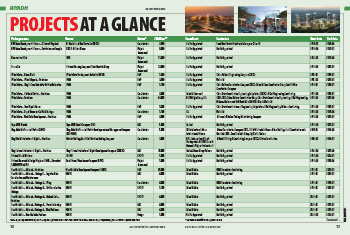




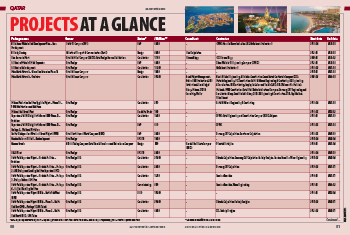
.jpg)
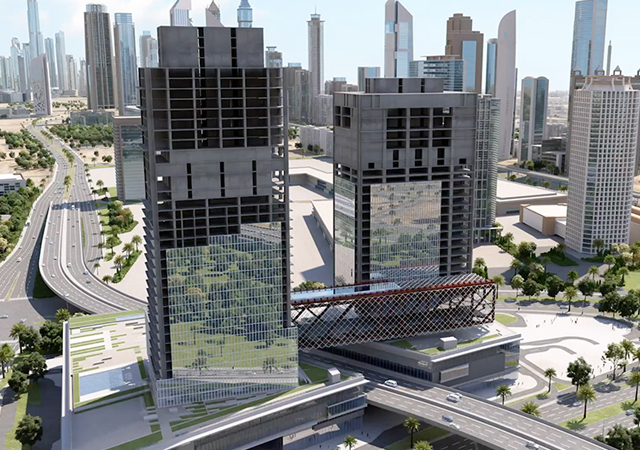






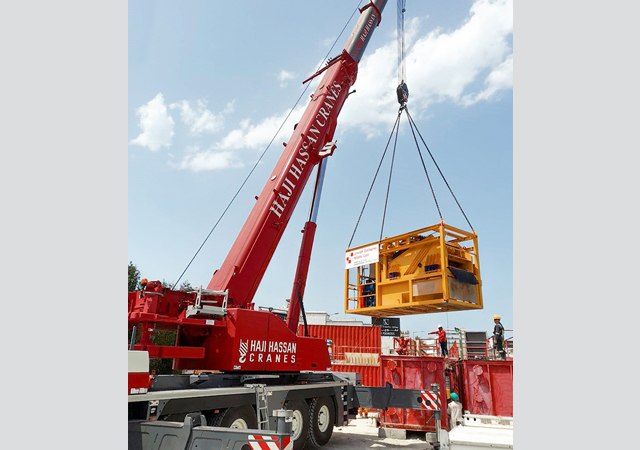




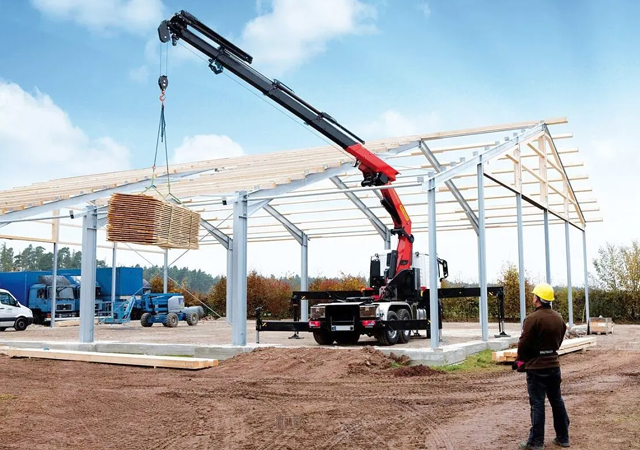
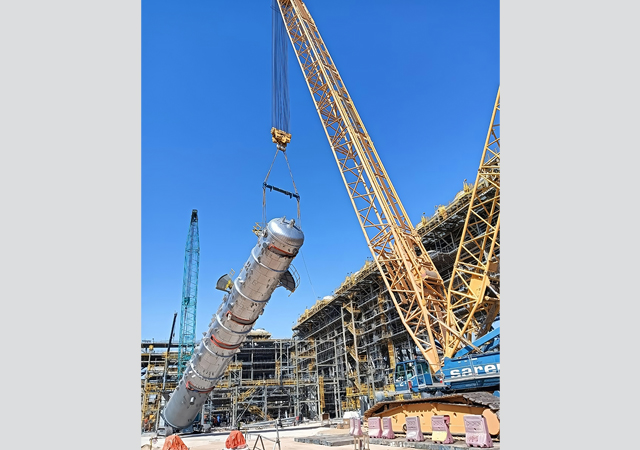
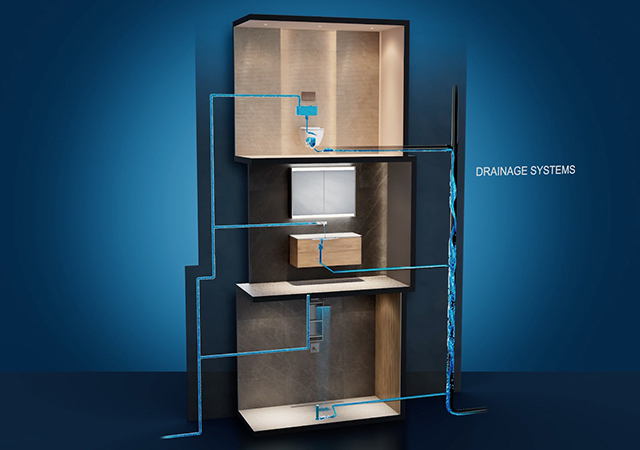
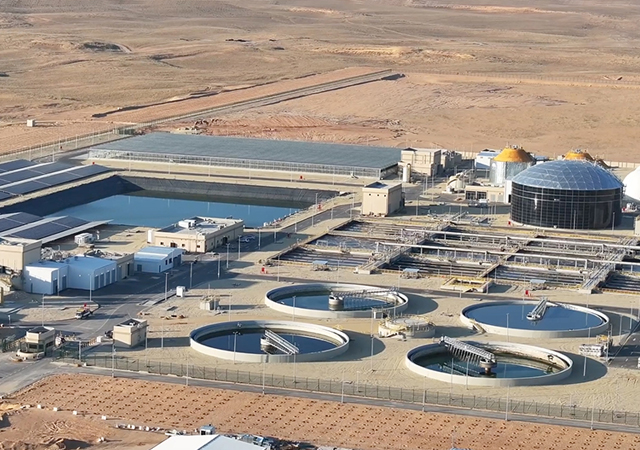




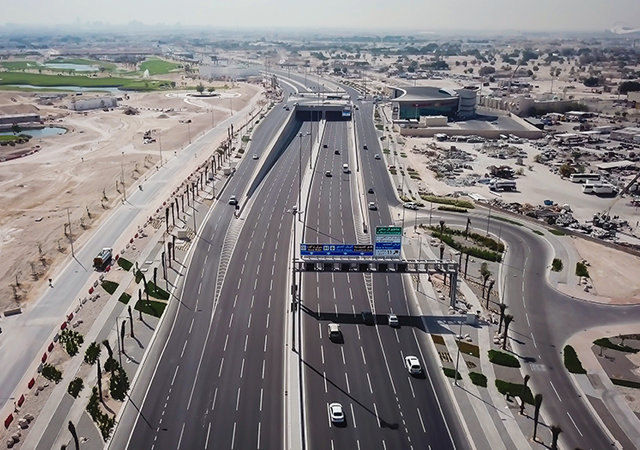







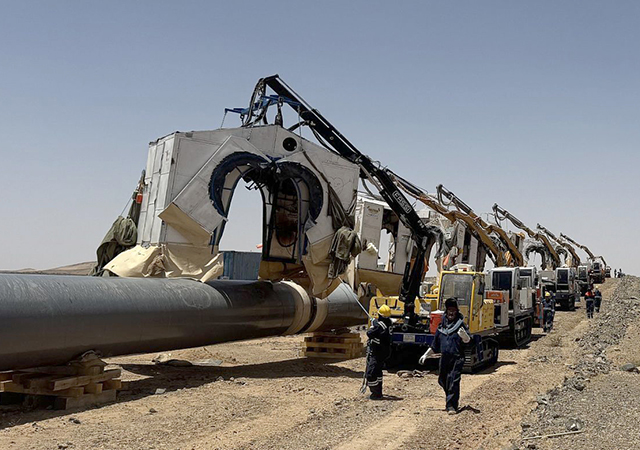







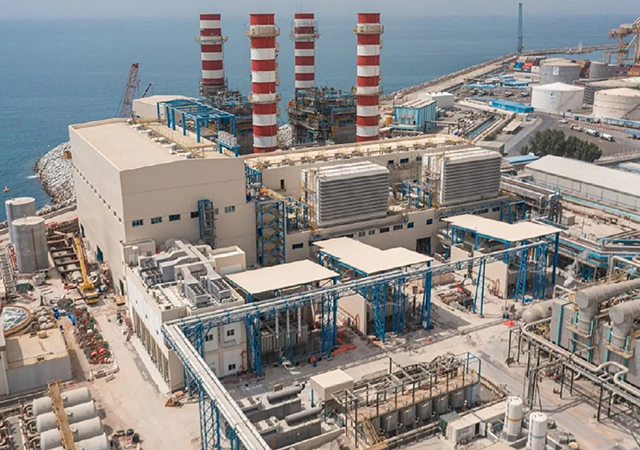















.jpg)




.jpg)





